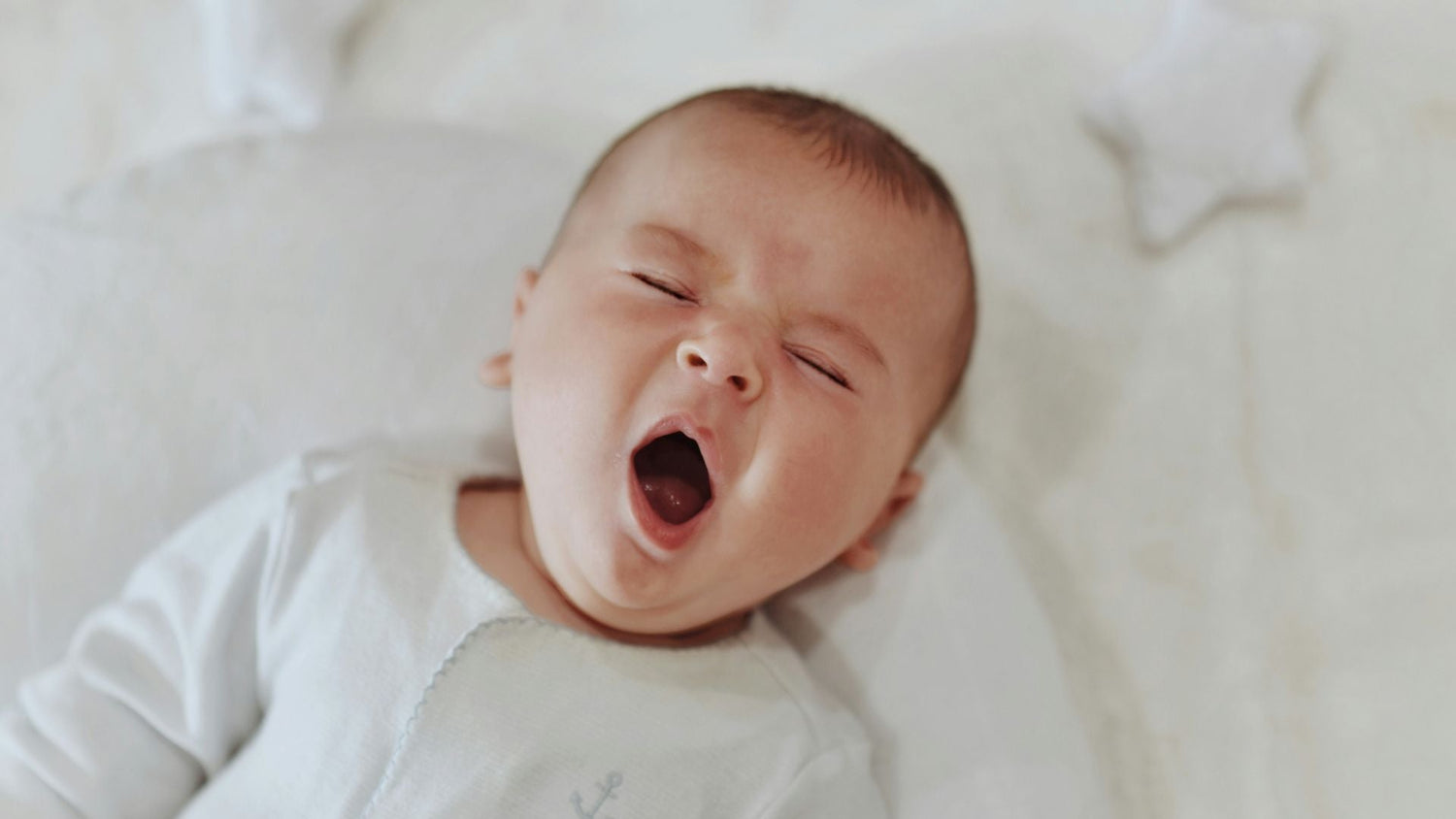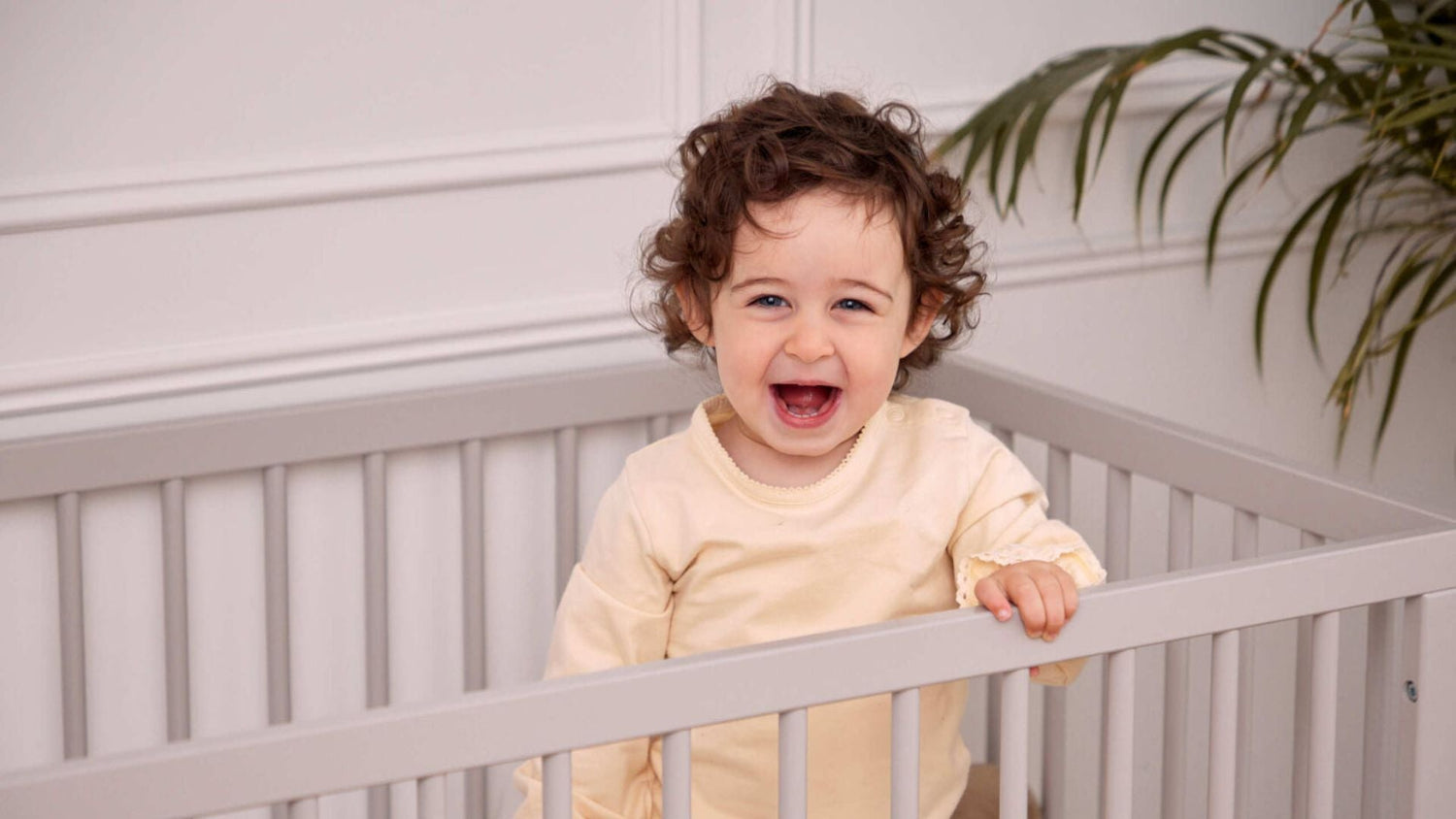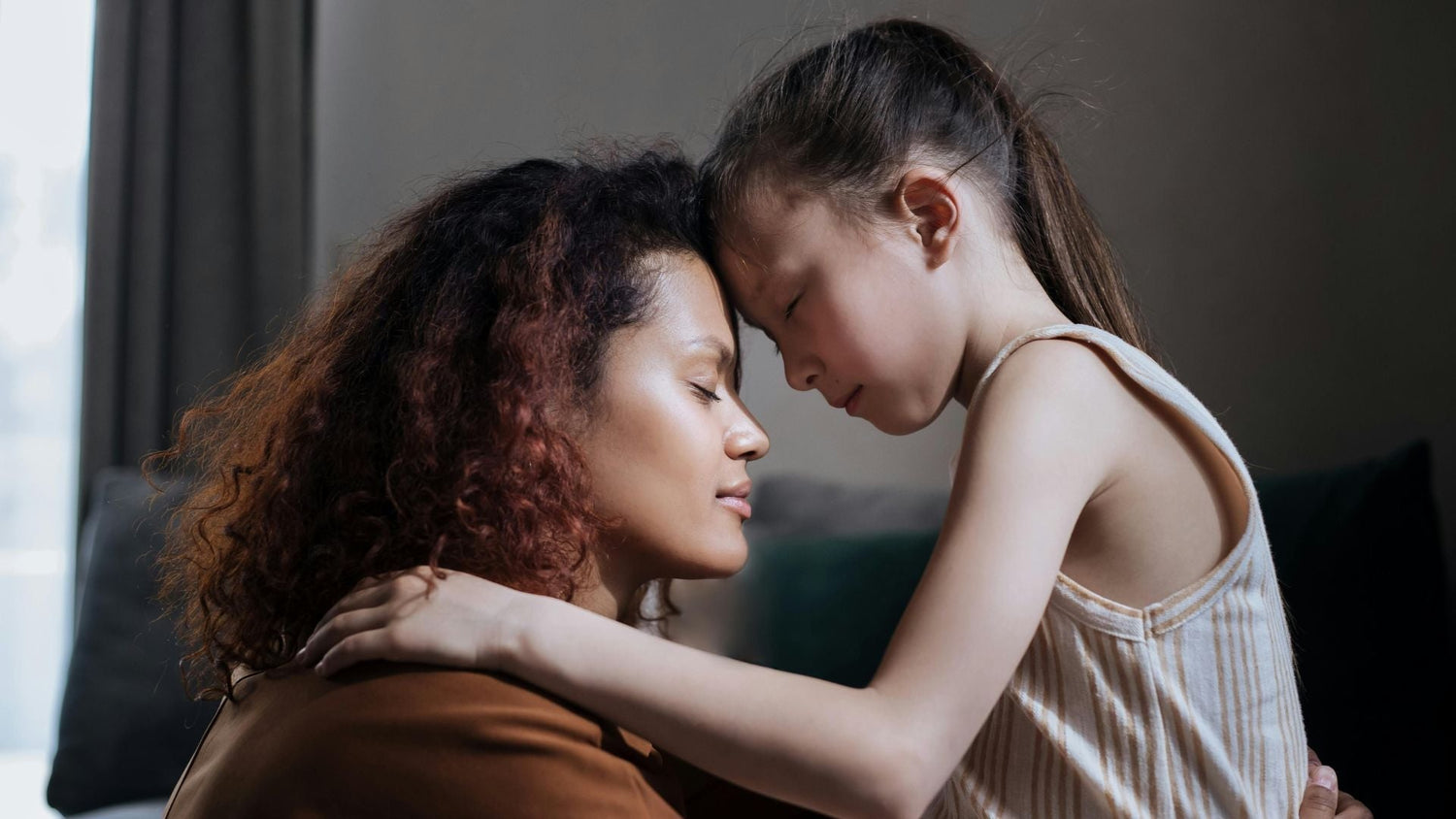In fact, the longer and later that you leave it, the smoother the transition will actually be from cot to bed. The reason behind this is before 2.5 years most children are verbal and seem like they can buy and sell you, but they have not yet developed impulse control; this is the ability to understand the instruction.
This is developmental
Many 2-year-olds could close the door for me, put the rubbish in the bin, but if I asked them to stay on the pavement and not cross the road they may understand but also may still start to cross without holding my hand.
The same goes with not touching something hot. With the transfer to a big bed, you want them to not only understand the instructions “stay in your bed”, but you also want them to be able to process this and be able to see it through. This is developmental and emerges after 2.5 years.
Parents may end up bed-sharing
Many children are transitioned to a bed as a result of not sleeping well. Some may start to sleep better in a big bed but for many, the introduction to the big bed will not automatically improve the sleep quality. In fact, it may get worse and parents may end up bed-sharing when they did not intend too.
I find it more helpful to consider the transition to a big bed as being an age relevant adjustment rather than a solution to any sleep challenges that you may be having. I only recommend making the transition to a big bed when your child is routinely sleeping well.
There is no rush to be in a big bed. Many children are in a cot long after they turn 3 and that can suit everyone. Ideally, I would encourage you to think about this transition when the following measures are in place.
Your child may be Big Bed Ready when:
- The nap is no longer required. Again, this happens somewhere close to the 3rd If your child is still napping and they nap in their cot, then I would wait for the nap to be retired first, as a nap in the bed is a whole other story and you may lose the nap before your child's body is ready to and this may result in a degradation of nighttime sleep as well as a bedtime battle. Avoid being too keen for the nap to be gone. This nap goes of its own accord with your child’s ability to get through the day without sleep. It may shrink in amount or they may skip a day here and there until there are more skipped days than nap days. Don’t forget without a nap, bedtime will need to be potentially at least 1 hour earlier.
- If your child is toilet trained by day at least, as this shows that they have impulse control. They have learnt to wait and see an instruction through which helps in the cot to bed transition when they are asked to stay in their bed and not get out.
- Ideally, your child is an efficient and independent sleeper. If they are not, then the transition may be harder as you may fail to keep them in the bed at bedtime and overnight due to inadequate positive sleep practices. If they are of age, and you are beginning the transition then this can be a good time to implement my stay and support approach for an older child, detailed in my book The Baby Sleep Solution. This will help you and them to learn to fall asleep without a parent present or over-involved, ensuring that they continue to feel loved safe and secure during this time of change.
When you are content that they are genuinely ready, then it’s great for them to be wholly involved in the changes. Talk a lot to them about what is happening. If possible involve them in the purchase of the bed and/or bedding. Allow them to help you reorganise the room and continue with your usual bedtime routine, in the bedroom where your child will sleep.
Typically, I like the idea of providing the bedtime routine outside of the bed so that the bed is reserved only for sleep. Create a bedtime zone for stories and then once the lights are out, escort them to the bed.
Encourage independence
You can really enhance their sleep happiness by indulging in a connected and loving routine that happens in this space. Reading to them, cuddling with them, chatting to them and allowing them to tell you their worries, and what is important to them at this time.
Make sure that your bedtime routine has a definite ending so that you prevent the stalling tactics that can happen in this age range. Decide on how many books you will read how many kisses that you give and then once the lights go out, help them climb into their bed and pull the covers upon themselves to encourage independence.
I also think that at this stage all drinks would be out of the context of sleep. Bottles or cups of milk or water can often undermine their ability to stay asleep and also increase the chances of needing the loo overnight.
This may take a few attempts
Once the lights go out, if you don’t typically stay with your child at bedtime, and then leave the room as normal. If they leave the bed, due to the newfound freedom, calmly return them so that you can ingrain the understanding that they stay in the bed to go asleep. This may take a few attempts. If they won’t stay in the bed then you may need to return to the room and begin stage one of my stay and support method to help this resolve.
If you routinely stay then proceed as you have been before, but consider working through my stages to sleep so that perhaps in time you could provide the bedtime routine and not stay until completely asleep-this lowers the risk of nighttime waking and encourages a level of independence and security at bedtime that enhances lots of other areas of your child’s wellbeing.
Don’t forget that if your child wakes overnight and comes into your room; decide where you want them to sleep overnight and proceed based on that decision. If they come into your bed and that is acceptable with you, then understand that this is a commitment. If you prefer that they sleep in their own bed all night, be sure to return them to their bed then to lower the risk of continued night waking and expected bed-sharing.
Lucy Wolfe, CGSC, MAPSC, HDip RM is a paediatric sleep consultant, Author of the bestselling book The Baby Sleep Solution, creator of “Sleep Through”, a natural bed and body sleep spray and relaxing rub, and mum of four. She runs a private sleep consulting practice where she provides knowledge, expertise and valuable support to families across the country. See www.sleepmatters.ie|087 2683584 or |lucy@sleepmatters.ie







